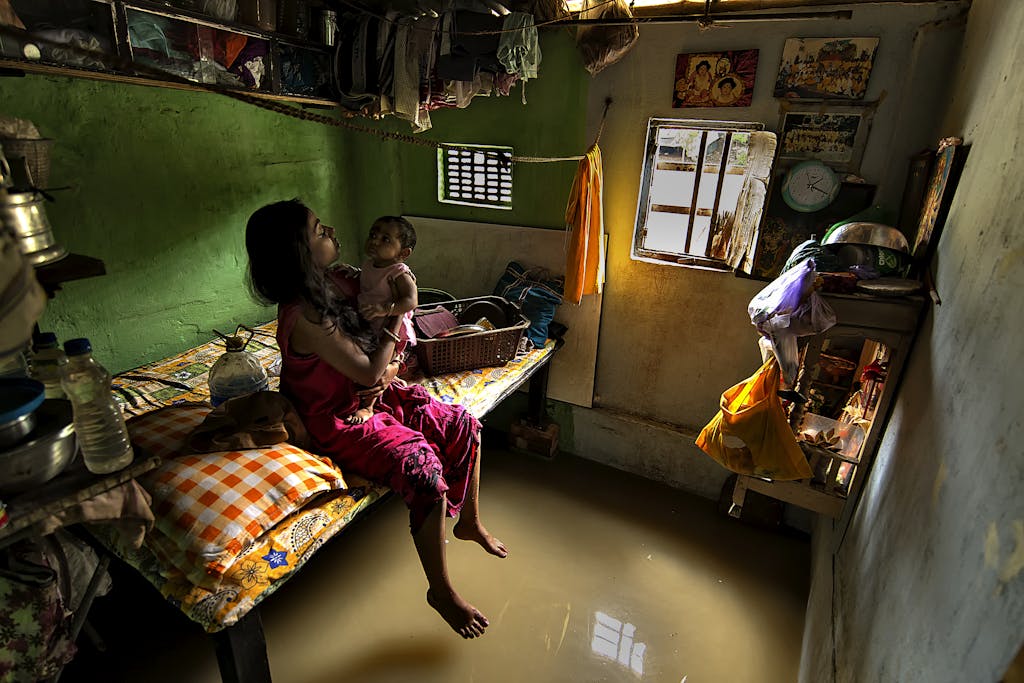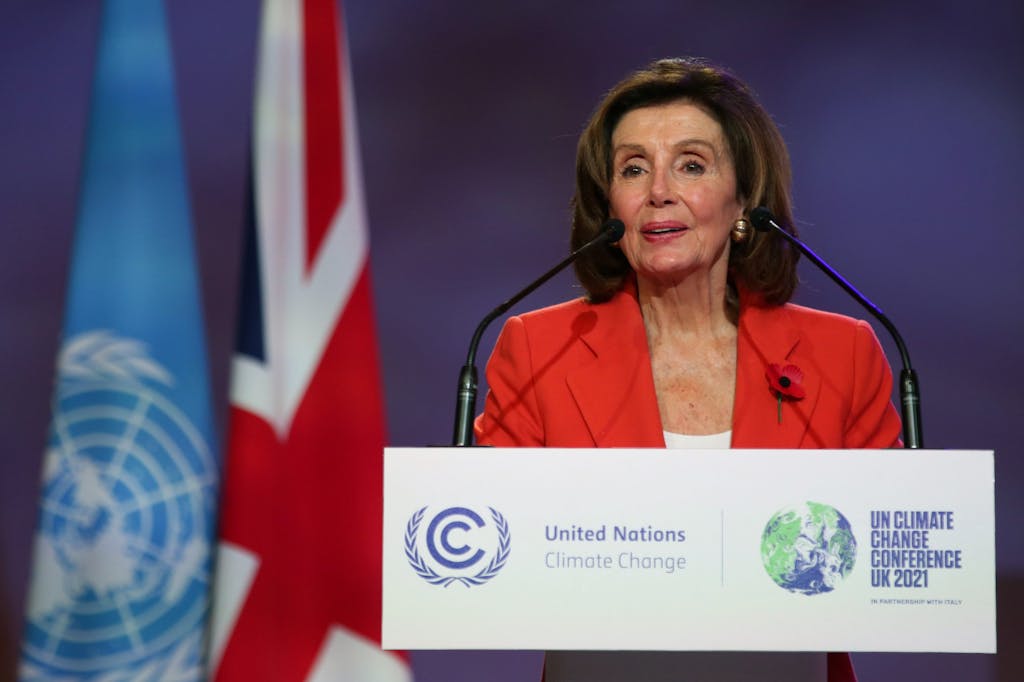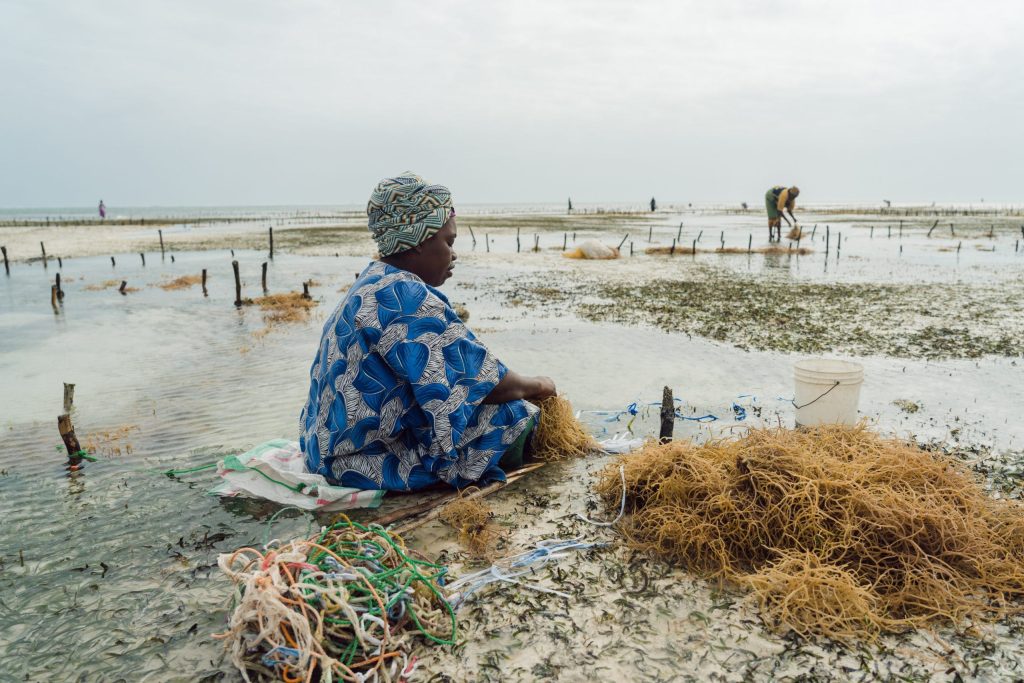women and women do not expertise local climate change inside the identical methods as boys and males. the motive? historic and structural gender inequalities — which additionally have an effect on how, and to what extent, women and women can lead, make decisions, take movement, and advance options to fight local climate change.
express and implicit social norms and legal guidelines have imposed differentiated powers, roles, and tasks on women and males in all elements of life. women and women — particularly these dwelling inside the worldwide South — bear an unequal accountability for securing meals, water, vitality, and fully different very important sources as effectively as to for caring for the youthful and aged — all of which place them at better hazard of experiencing detrimental local climate impacts. for event, women and women usually endure most probably the most when warmth waves, droughts, extreme storms or fully different extreme local climate occasions strike. They face bodily and psychological well being problems, bear the burden of touring farther to collect scarce meals, water, and firewood, and are typically compelled to maintain behind in disaster-inclined areas to look after the weak.
as effectively as, women and women have been prevented from full and honest participation inside the worldwide local climate movement movement. They proceed to face gender-particular violence and harassment as a consequence of of their local climate activism, stay underrepresented in worldwide local climate negotiations, and their options are drastically beneath-resourced.
the very actuality is environmentalism has always been a women’s difficulty.

A mom and youngster sit above a flooded flooring of their residence in Kolkata, India. photograph: Joydeep Mukherjee / local climate Visuals Countdown
The intersection of gender and local climate
listed under are 5 methods whereby gender inequality and local climate change intersect, threatening livelihoods, effectively-being, and progress for women and women all by way of the world:
1. women face obstacles to leaving areas liable to local climate change and pure disaster.
The World financial institution’s 2021 Groundswell report found that local climate change might drive as a lot as 216 million of us to maneuver inside their nations by 2050. Migration choice-making inside the face of local climate risks is educated by gender roles and tasks. women usually face elevated obstacles to leaving disaster-inclined areas as a consequence of of their caregiving obligations, lack of financial belongings, and restricted rights to land and property. as quickly as they do handle to go away, women and women face elevated risks of unemployment, youngster marriage, human trafficking, and gender-primarily based violence.
2. women face disproportionately extreme well being risks from the outcomes of local climate change.
local climate change threatens reproductive and maternal well being. will enhance in temperature, rainfall, and humidity create favorable circumstances for vector-borne illnesses, corresponding to malaria, dengue fever, and Zika virus, which might set off miscarriages, untimely delivery, and anemia amongst pregnant women. And the February 2022 report from the Intergovernmental Panel on local climate Change (IPCC) found that women and women are additionally at elevated hazard of meals insecurity than boys and males, usually are likely to die in extreme climate occasions, and usually are likely to expertise psychological well being impacts attributable to local climate change.
three. Gender-particular threats are used to silence feminine environmental leaders.
For generations, women the world over have proven resilience and management in defending their communities, land, livelihoods, and pure sources. And but, feminine environmental defenders continuously expertise disproportionately extreme fees of gender-primarily based violence as a consequence of of their activism. These assaults range from verbal abuse and harassment primarily based on intercourse, to intimidation, exclusion, sexual abuse, and rape. All are purported to undermine their voice and management in these actions.
4. women are excluded from choice-making areas and local climate change negotiations.
regardless of the unequivocal worth of women’s participation in local climate actions and their historic previous as environmental defenders, males nonetheless fill sixty seven% of local climate-associated choice-making roles and women’s illustration in nationwide and worldwide local climate negotiating our bodies stays under 30%. women’s management and full participation inside the local climate movement are important if now we ought to design options and responses to the local climate emergency that handle women’s differentiated wants and shield their rights.
5. feminine-led teams do not get hold of passable local climate funding.
The period Equality movement Coalition on Feminist movement for local climate Justice found that simply three% of philanthropic environmental funding helps women’ and women’s environmental activism. furthermore, feminine-led organizations, that are typically small, have difficulty accessing funding from local climate finance suppliers, which largely pay money for massive-scale tasks, starting at $10 million. however as a consequence of of their societally imposed caregiving roles, women and women have a deep understanding and intensive information of their pure setting and sources. Financing their imaginative and prescient and backing their ideas for sustainability is essential for worthwhile local climate change adaptation and mitigation, regardless of the dollar worth of their tasks.
Advocating for women in local climate management
regardless of women’s management inside the grassroots local climate movement and their particular vulnerability to local climate change, gender has but to be adequately constructed-in into local climate plans, insurance coverage policies, and strategies.
The 2022 SDG Gender Index, printed by Equal Measures 2030, a quantity one worldwide partnership on accountability for gender equality and the Sustainable enchancment targets (SDGs), supplies a snapshot of the place the world stands on the imaginative and prescient of gender equality embedded inside the 2030 Agenda. the outcomes of the index are staggering: insufficient progress has been made on gender equality on the worldwide stage between 2015 and 2020. Of the 17 SDGs, purpose thirteen (local climate movement) was one in all many three lowest-scoring targets. What’s extra, even extreme-performing nations on the index have been found to have weaknesses on gender equality beneath SDG thirteen.

Speaker of the U.S. residence of Representatives Nancy Pelosi addresses local climate leaders on Gender Day of COP26 in Glasgow, Scotland. photograph: Kiara worth/ UNFCCC

